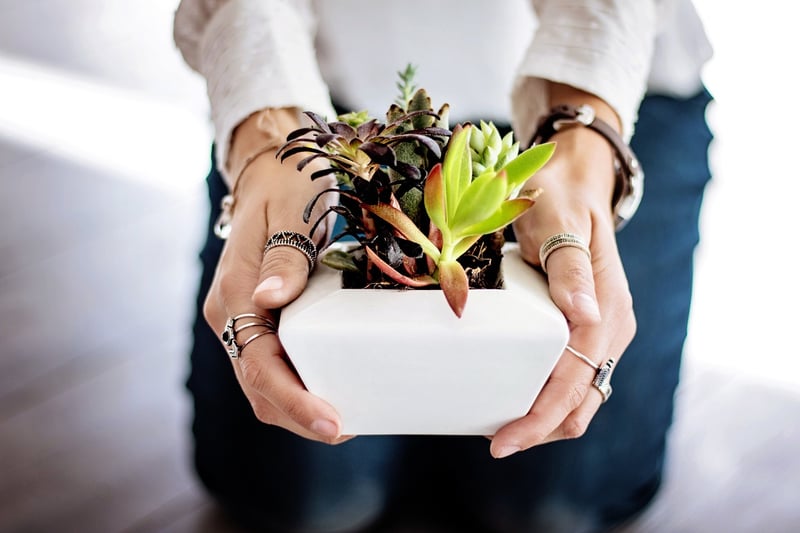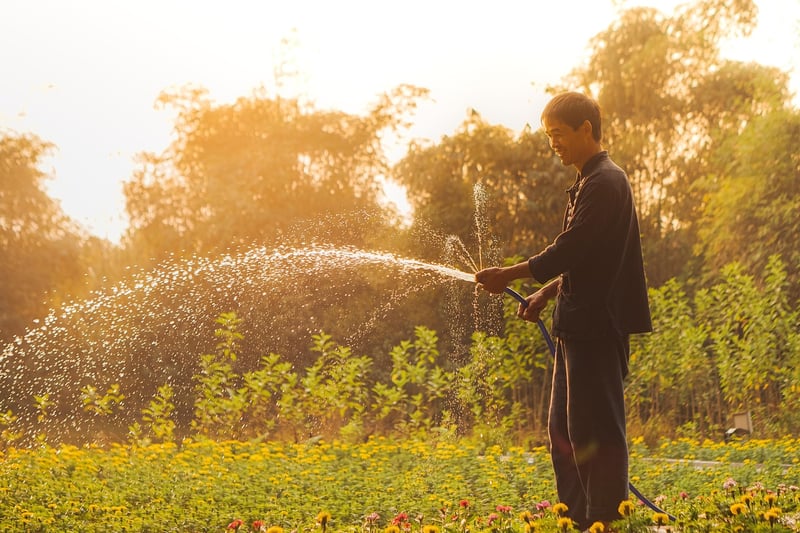Indoor Gardening Tips
Tips for Urban Gardeners
1. Choose the Right Plants
Opt for plants that thrive in urban environments, such as succulents, herbs, and small vegetables like cherry tomatoes and peppers. Consider the amount of sunlight your space receives and choose plants accordingly.
2. Utilize Vertical Space
Make the most of limited space by using vertical planters, hanging baskets, or trellises. This allows you to grow more plants while maximizing space.
3. Container Gardening
Container gardening is perfect for urban settings. Use pots, window boxes, or recycled containers to grow your plants. Ensure proper drainage to prevent waterlogging.
4. Watering and Maintenance
Regularly check your plants for watering needs, especially during hot weather. Consider investing in a drip irrigation system or self-watering pots to make watering more manageable.
5. Community Gardens
If space is limited, look for local community gardens where you can rent a plot to grow your plants. It's a great way to connect with other urban gardeners and share tips.
Indoor Gardening Tips
1. Assess Light Conditions
Place your indoor plants near windows or under grow lights to ensure they receive adequate light. Different plants have varying light requirements, so research your plant's needs.
2. Proper Watering
Avoid overwatering your indoor plants as it can lead to root rot. Allow the soil to dry out slightly between waterings. Use a watering can with a narrow spout for precise watering.
3. Humidity and Temperature
Monitor the humidity levels in your home, especially during the winter months when indoor air tends to be drier. Grouping plants together can create a microclimate with higher humidity. Keep plants away from drafts and heat sources.
4. Regular Maintenance
Inspect your plants regularly for pests and diseases. Wipe the leaves with a damp cloth to remove dust and ensure proper airflow. Prune leggy growth to maintain plant shape.
5. Fertilizing
Feed your indoor plants with a balanced fertilizer during the growing season to promote healthy growth. Follow the instructions on the fertilizer package and avoid over-fertilizing, which can harm your plants.


